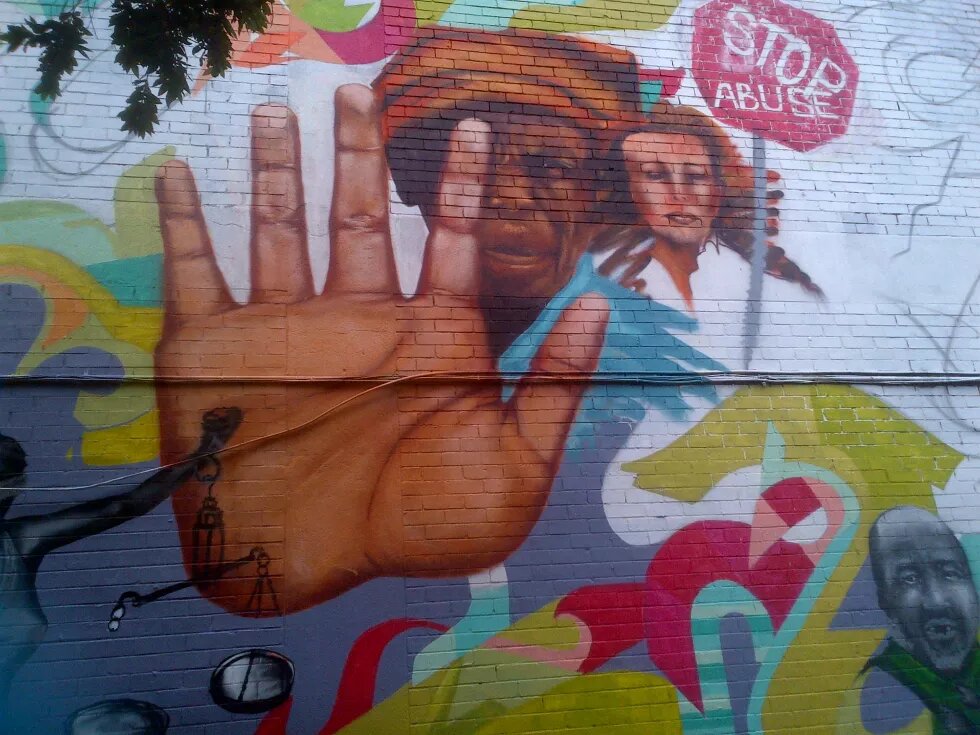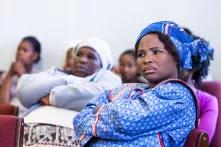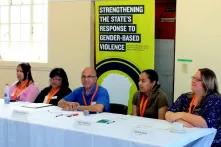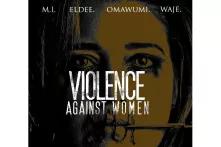
It has been 19 years since South Africa attained democracy – a democracy that was meant to bring about independence, freedom and solidarity, however to date few South Africans, particularly women, are able to enjoy this freedom. On the ground women still suffer restrictions in enjoying their constitutionally enshrined rights. They fear moving in public spaces due to the escalating levels of violence and rape in the country, and many even fear for their lives in their private spaces as they are subjected to violence within the home.
South Africa is deemed to have some of the highest statistics of rape and gender based violence world over. However, while the numbers of incidents of violence are high, conviction rates have been very low with varying statistics being given in this regard. It is imperative that the same amount of political will and determination that was demonstrated in the attainment of democracy be shown in the fight against violence towards women and with similar tenacity too.
In this regard, Tshwaranang Legal Advocacy Centre together with the Heinrich Böll Foundation, with funding from the European Union, erected a mural on violence against women in Johannesburg central. The purpose of the mural was to raise awareness of women’s rights abuses by creating a permanent visible reminder and talking point about the problem. While everyone needs to tackle the evils of sexual and domestic abuse, the mural’s messaging relates primarily to those responsible for the administration of justice and provision of essential services to survivors of violence such as the police, the health services and the courts. The mural also serves to challenge patriarchal norms of our society and is meant to highlight the important role that men can play within the familial structure and in addressing violent behaviour.
The mural reflects that talking about the challenge of women abuse should not only be reserved to women’s month or during the 16 days of activism as reflect by Joana, an attendee at the unveiling of the mural on the 28th of February 2013: “The mural will help a lot because [it will be a reminder] to everyone walking past. If they see the mural maybe they’ll talk about [violence against women]. Women don’t know they have rights, they just hide. This happens a lot with African women, it’s [seen as] a cultural thing...[men say] that women mustn’t work, she must always be at home and not talk to anyone. She is ashamed and too scared to tell anyone what is happening because she fears that her husband will hit her. Today she can run away from her house to her neighbour, but what about tomorrow?”
For a while democracy has been about righting the wrongs of apartheid but freedom will never be achieved without addressing the glaring gender imbalances in our country.
- This project is funded by the European Union.
More on the Enhancing State Response to Gender Based Violence (GBV) project
- Town Hall Meeting - Enhancing State Response to Gender Based Violence in Khayelitsha
- Department of Social Development Funding to Shelters for Abused Women is Inadequate
- Multi-Sector Responses for Improved Shelter Services to Abused Women
- Violence Against Women Mural Unveiled in Johannesburg
2013


